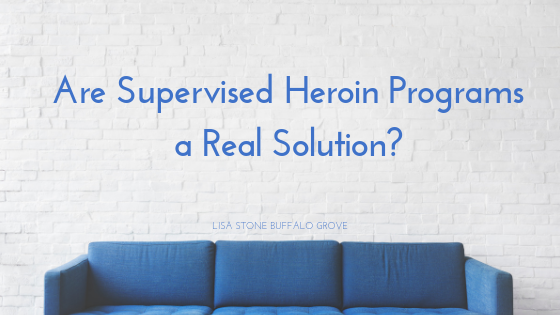We’ve all heard the horror stories about the opioid crisis. The Northeast, in particular, is losing lots of young people to this scourge. Everything we know about addiction has come into question. People are asking how well the Twelve Steps really work. Narcan injections have become more readily available than ever before. Even methadone programs have lost their stigma.
The most recent statistics tell us that 9 out of every 1000 Americans are struggling with opioid addiction. That’s almost 1 in 100 people, to say nothing of their family members, who are also badly affected by this scourge. Recently, even more aggressive forms of treatment are being sought to combat the crisis. One approach being considered more frequently is a supervised heroin program. In these programs, addicts are allowed to use in a safe injection site and may be given methadone when they leave to help them stave off cravings. These programs, once unthinkable to an abstinence-based recovery culture, have been used in other nations like Canada and the Netherlands.
Everyone knows that heroin is a street drug. Most Americans now know that the people who get hooked on it often got addicted to prescription opioid pain relievers. What much of America has forgotten is that medical grade heroin is a thing. In fact, heroin was initially developed by a pharmaceutical company. At the time, people believed it would be less addictive than morphine. Of course, time has proved that theory wrong. Heroin has been killing Americans for years, and now that much of it is contaminated with fentanyl, it’s even more deadly than it has been in the past.
Supervised heroin programs are never used as an initial treatment option. Typically, the addicts in these programs are the most resistant to more traditional addiction medicine. Advocates for this treatment option are fairly conservative. When it comes to supervised heroin programs, they see it as a viable option for addicts who haven’t been helped by abstinence models like Narcotics Anonymous, or replacement therapies like methadone.
Just a few years ago, this line of treatment would have been unthinkable. However, in 2017, 49,000 Americans were killed by opioid overdoses. As more fentanyl and heroin enter the country, our responses have to evolve, too. It doesn’t mean that abstinence-based recovery models or methadone and suboxone are going away. It just means that we need to consider new approaches. The health and safety of America’s people depend on that, now more than ever before.

